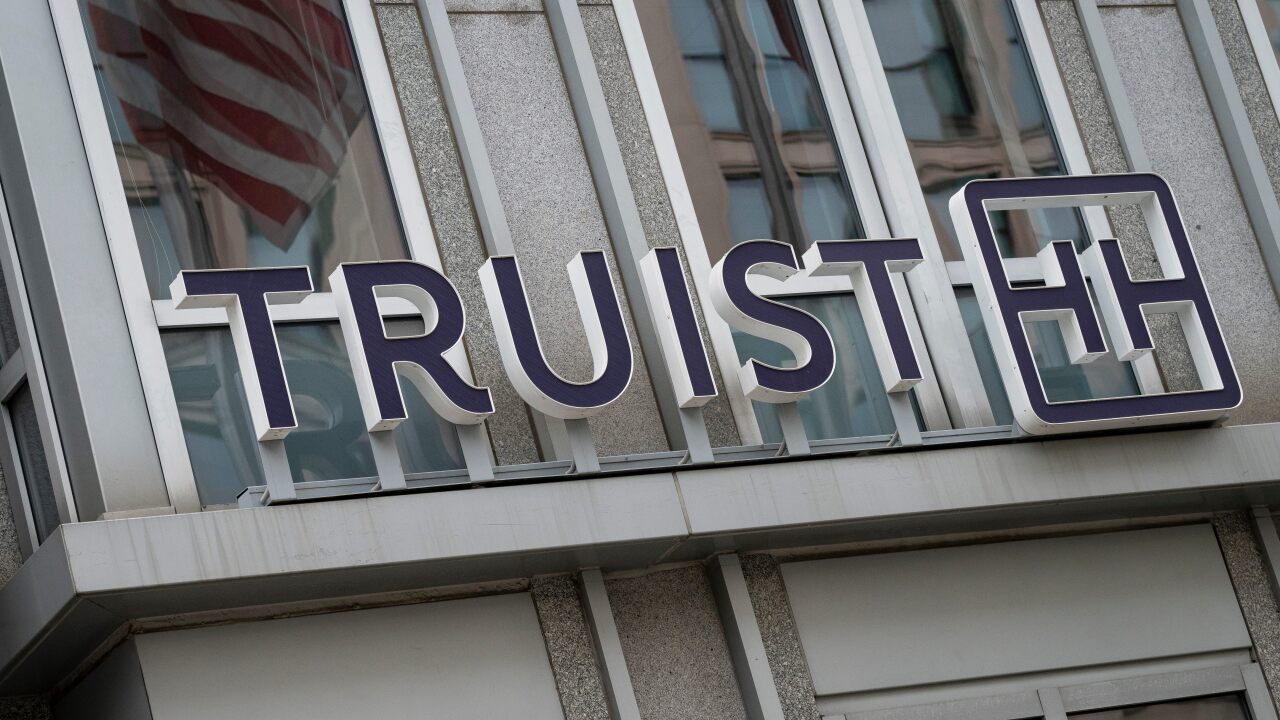California's biggest mortgage lenders made a total of 115,000 conventional home loans statewide in 1998 but just 400 in poverty-ravaged South Central Los Angeles, a nonprofit policy group complained Tuesday.
Seven of the eight banks and thrifts reviewed in a report by the San Francisco-based Greenlining Institute made fewer than 60 home loans last year in South Central, a 1.1 million-population section of Los Angeles. Wells Fargo & Co., for example, approved more than 21,700 mortgages for California homebuyers last year but just 22 in South Central, a ratio of about one in 1,000.
Washington Mutual Inc. was the only depository institution to make more than 60 conventional home loans to South Central residents, excluding refinancings and home equity loans. But only about 200 of its 32,800 California mortgages were made in the Los Angeles neighborhood, where almost everyone belongs to a racial minority.
"We don't think that it's due to deliberate discrimination" by loan officers, said Robert L. Gnaizda, Greenlining's policy director. "But if this was the plight of Wyoming, it would be front-page news."
Beverly Piraino, executive vice president for risk at California Federal Bank, said she had some doubts about Greenlining's numbers, which the nonprofit group said it obtained from the eight banks. "We're finding inaccuracies," she said.
But several companies on Greenlining's list acknowledged the difficulty of lending in South Central and said they are trying to do better.
Brad Blackwell, senior vice president for retail mortgage banking at Washington Mutual, said the thrift has a branch in South Central's Watts neighborhood and plans to expand a pilot program there that offers broadened underwriting guidelines for low-income and minority applicants. "I think you'll see in the year 2000 a much better result in ethnic/minority lending," he said.
Cal Fed's spokeswoman said the thrift has "many programs in place to help lower-income borrowers in areas such as South Central," including a loan-processing center and a team of agents specially trained to make loans that satisfy the Community Reinvestment Act.
Mr. Gnaizda also acknowledged that some factors in South Central are beyond banks' control, such as the high cost of housing and residents' relatively low incomes.
Cal Fed's spokeswoman said mortgage lending in South Central has been difficult. Despite the company's apparent efforts, only 58 of its loans in California (population 33 million) were made there, according to Greenlining. "That's a very challenging area for homeownership," she said.
Mr. Gnaizda said that the dearth of conventional lending in such communities has created a feeding ground for "unscrupulous subprime lenders." Ironically, some banks are running subprime operations there, too, he said. "Many of the largest [depository] institutions run their own subprime programs, and they don't have in place yet the effective mechanisms to ensure that if someone is truly prime, they get a prime loan."
To help solve the problem, Greenlining is working with Fannie Mae and an unnamed investment house on a "shared equity" program they hope to pitch to the Treasury Department.
Under the plan, investors would bankroll lenders who in turn would make loans to low-income borrowers. The investors would pay half of each borrower's monthly mortgage and property tax payments. In exchange, they would receive an unspecified percentage of the borrower's equity in their home, and all of the borrower's income tax deduction, which many poor households do not or cannot claim anyway.





